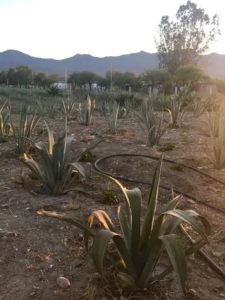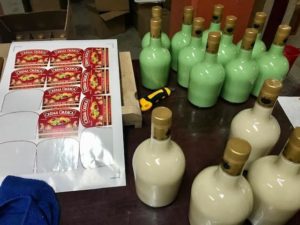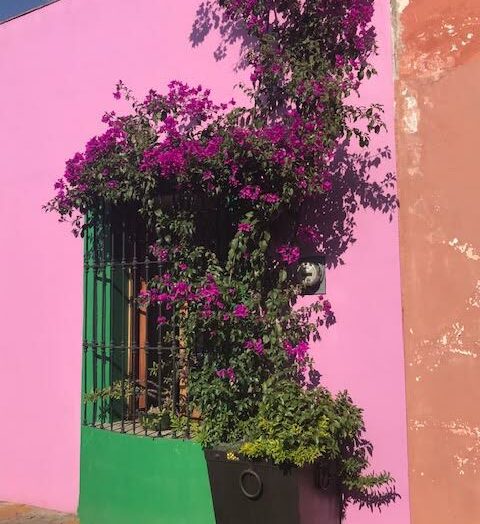Oaxaca is known as the culinary capital of Mexico…. Mole, Pazole, Tlayudas, Chocolate and Coffee are all important products of this region. But Mezcal, a clear and potent alcohol, is probably Oaxaca’s oldest and most important culinary specialty. Read on to find out why!
Mezcal is made from the Agave, or Maguey, plant. There’s hundreds of varieties of agave but mezcal is made from about thirty different varieties which can be found in the wild and cultivated at home. Only nine states in Mexico are certified to manufacture and sell mezcal, otherwise the label can only say “Agave Spirits”. In comparison, Tequila is made only from the Blue Agave plant and can be manufactured in five Mexican states.
Since before the Spaniards arrived, the Indigenous of this area were fermenting the pulp from a variety of agave plants, and drinking the fermented juice called Pulque. The Spaniards brought the idea of distillation to the process and the mezcal we know of today was born. Incidentally, this beverage was historically known as Aguardiente, which means “blazing water”. Good description.




























